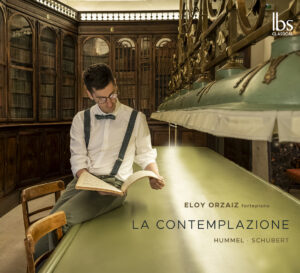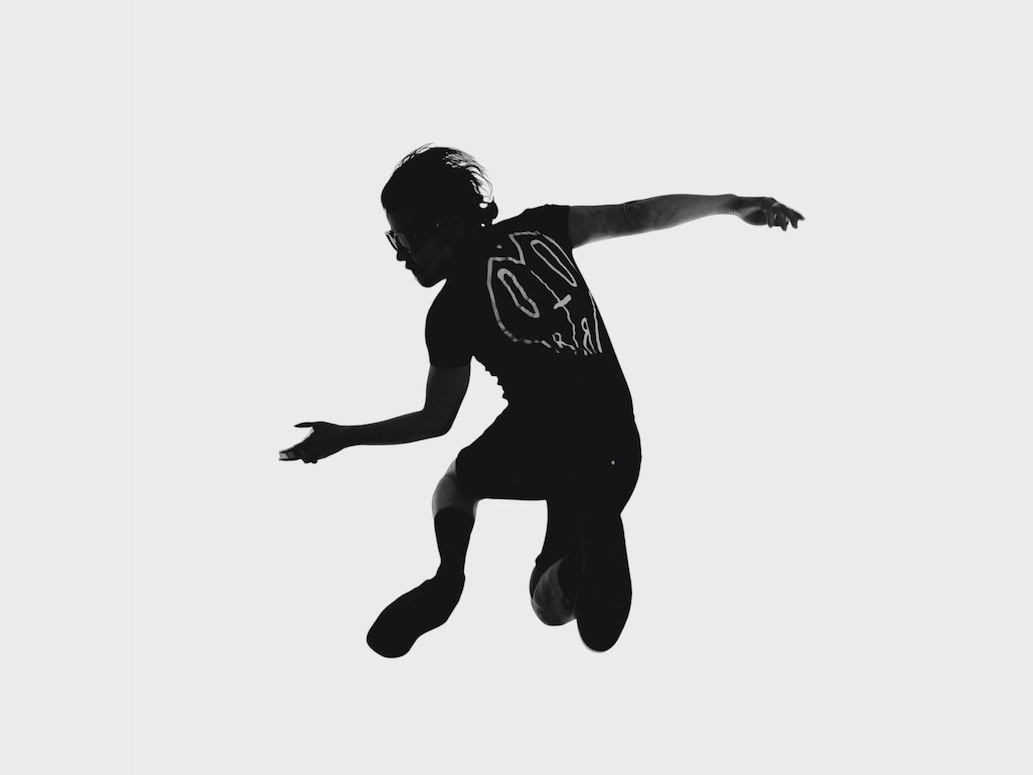Immerse yourself in Viennese sounds
On a fortepiano by Viennese piano maker Konrad Graf, Eloy Orzaiz juxtaposes works by Hummel and Schubert.

Here Johann Nepomuk Hummel, there Franz Schubert. The two composers are contemporaries, but stylistically distant from each other. Hummel, a former pupil of Mozart, wrote in an elegant post-classical style, spiced with a virtuosity that was in vogue in Viennese concert halls and music salons around 1800. Schubert's music is comparatively more subtle and enigmatic, and also harmonically richer. Listening to the CD La Contemplazione by the Spanish pianist Eloy Orzaiz, it is easy to understand why Schubert was the forerunner or pioneer of the 19th century.
Orzaiz is a specialist in historical performance practice, trained at the Schola cantorum in Basel, among others. He plays Hummel and Schubert's piano works on a fortepiano from the workshop of the extremely popular Viennese piano maker Conrad Graf. It sounds much slimmer and more subtle than a modern grand piano. Orzaiz elicits rich tonal colors from the instrument, built in 1826 or 1827, which would have developed even more if he had not strained the tempi so much. In Hummel's Grande Sonate Brillante op. 106, he emphasizes the virtuoso aspects too much. And it is precisely in Schubert's enigmatic late work, to which the Three piano pieces D 946, the tempo is a neuralgic point. The first piano piece in E flat minor seems somewhat rushed. And in the second, in E flat major, the music lacks a light springiness, and thus also the tempo variation.
Nonetheless, this attractively designed CD is a joy to listen to with its varied music - also with its historical qualities, which make it possible to immerse oneself directly in the "Viennese sound" of the 1820s.
La Contemplazione. Hummel, Schubert. Eloy Orzaiz, Fortepiano Graf. lbs classical 182023








